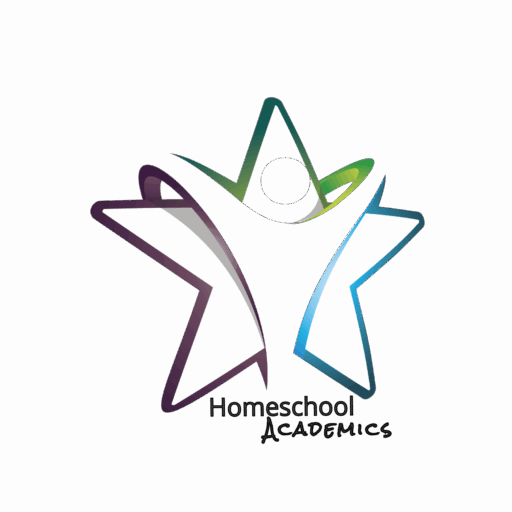AuDHD refers to individuals who are both autistic and have ADHD. Students with AuDHD often experience a unique blend of sensory sensitivities, executive dysfunction, impulsivity, social communication differences, and emotional dysregulation. Because their behaviors are driven by complex internal needs, traditional behavior management strategies (like rewards/punishments) are often ineffective—or even harmful.
Effective behavioral support for AuDHD students focuses on understanding behavior as communication, offering proactive tools, and fostering emotional safety. Below are evidence-informed, neurodiversity-affirming strategies that honor both the challenges and strengths of AuDHD learners.
Understand the “Why” Behind the Behavior
Instead of asking, “How do I stop this behavior?” ask, “What need is this behavior trying to meet?”
Common underlying reasons for AuDHD behaviors include:
- Sensory overload or under-stimulation
- Difficulty transitioning between tasks
- Frustration from communication challenges
- Executive dysfunction (e.g., forgetfulness, poor task initiation)
- Emotional dysregulation or burnout
Addressing the root cause is key to meaningful change.
Create a Low-Demand, Low-Shame Environment
- Reduce unnecessary social, academic, or sensory demands.
- Avoid calling out students in front of others; use private, respectful redirection.
- Validate their emotions before addressing behaviors.
- Use a calm tone, even when setting boundaries.
Example: Instead of “You need to calm down right now,” try:
“I can see you’re overwhelmed. Let’s take a break together.”
Teach Regulation Skills, Not Compliance
Focus on helping students learn to notice, express, and manage emotions rather than stop a behavior.
- Use tools like Zones of Regulation, emotion cards, or body scans.
- Practice co-regulation: model calm breathing or grounding exercises.
- Offer choices: “Do you want to sit quietly or go for a walk?”
Use Visual and Predictable Supports
Predictability reduces anxiety and reactive behaviors.
- Visual schedules, timers, or “first/then” boards can help with transitions.
- Use social stories or scripts for expected behaviors and routines.
- Provide warnings before transitions or changes in routine.
Provide Accommodations, Not Consequences
When behavior stems from unmet needs or neurodivergent traits, accommodations are more effective than punishment.
Examples:
- Fidget tools or movement breaks for hyperactivity
- Alternative seating or quiet space for sensory regulation
- Typing instead of handwriting for fine motor challenges
Use Strength-Based Language and Praise
- Be specific and sincere: “You stayed focused for 10 minutes—that shows determination.”
- Celebrate progress, not perfection.
- Reflect strengths in feedback: “You noticed that you needed a break—that’s self-awareness!”
Collaborate With, Not Against, the Student
Involve the student in behavior planning and problem-solving.
- Ask: “What would help you feel better when this happens again?”
- Let them co-create a calming routine or break card system.
- Empower their autonomy and decision-making.
Know the Signs of Burnout and Shutdown
AuDHD students often mask or suppress their needs until they reach a breaking point. Learn to recognize the signs of:
- Burnout: withdrawal, irritability, fatigue, apathy
- Shutdown: quietness, refusal to talk, “zoning out”
- Meltdowns: intense emotional or physical expression, often beyond their control
In these moments, prioritize emotional safety, quiet, and non-demanding support.
Final Thought: Connection Before Correction
Behavioral management for AuDHD students is about building relationships, not enforcing rules. These students must not be “fixed” but understood, supported, and empowered.
By shifting from a control-based model to one rooted in compassion, we help students develop self-awareness, self-regulation, and self-confidence—all essential skills for lifelong success.


